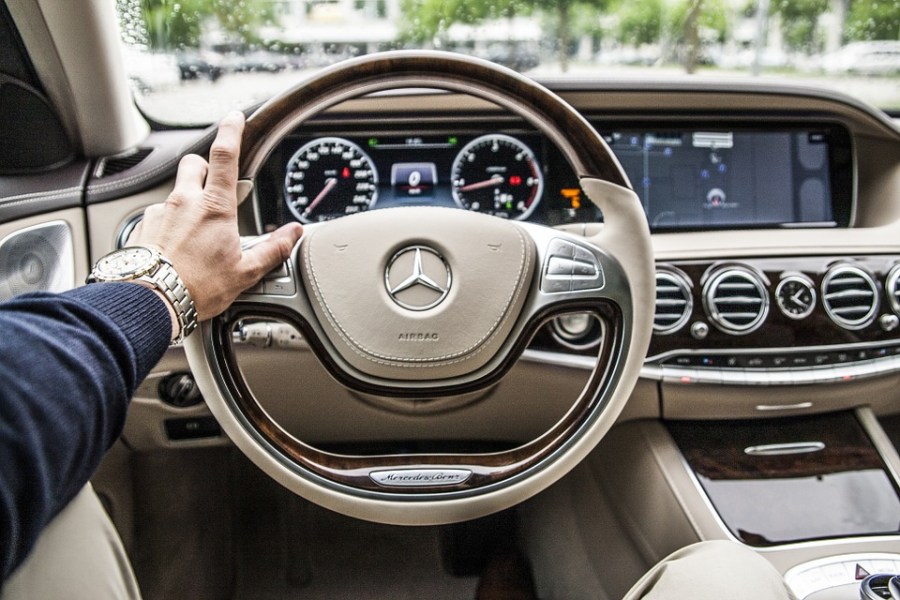Cause Its Easy

You get into your car, in a rush to get to work or run an errand. But no matter how many times you turn the key in the ignition, the car just won't start. Not only is it irritating and inconvenient, but you automatically begin to calculate how much it's going to cost and how long you'll need to leave the car with the mechanic. As it turns out, this might not be a major catastrophe. It could be one of these common but easily fixable problems.
Your Battery Is Dead
The most common reason your car won't start is a dead battery. Generally, if this is the case, the car won't even turn over at all. The lights don't come on. There is no sound, aside from maybe a clicking noise when you try to crank it.
If your battery is older than five years old, it's probably old and worn out. If you left your lights on the night before, you probably wore out the battery yourself. If your car stays parked outdoors in the sun, particularly after a long hot summer, the battery can quickly drain. You can buy and replace the battery yourself, or you can have someone jumpstart or tow your car to an auto repair store for a quick change.
If it's not the battery that's preventing your car from starting, it might be the distributor cap. The distributor cap routes currents from ignition coils to spark plugs, and if it's wet or damaged, it could prevent your car from starting.
If you know how to find the distributor cap, you can take a look under the hood to see if there are any problems with it. Sometimes, it's simply a case of moisture getting under the cap and preventing it from working correctly. If this is the case, you can wipe it dry. If it's otherwise damaged, you'll want to replace it. This is something you can do yourself or hire a mechanic to do.
Your Fuel Filter Is Clogged
As the name suggests, your fuel filter filters out debris from your fuel line. And if the fuel filter is clogged, it can't do its job. Dirt in the fuel line can prevent the car from running properly. So you'll want to replace a clogged filter as soon as possible. Most car manuals explain how to do this, but it's important to keep in mind that no two cars are alike. To prevent it from becoming clogged again in the future, have it changed at least once a year or every 12,000 miles you drive. You can usually have it done when you get your oil changed.
Your Ignition Switch Needs Replacing
If it's not the fuel, the battery or the distributor cap, it may be the ignition switch. If you turn the key and nothing happens or something feels out of place, this could be the case. When you turn the key, the switch tells the engine to come on, and if it's broken, there's simply a breakdown in the communication within the car. You'll need to replace a damaged ignition switch. Again, your car's manual should explain how to do this, but many people find that it's difficult, so they rely on a mechanic to handle it.
You're Out of Gas
Don't laugh at this one. It's entirely possible that your car is out of gas. Maybe you got distracted and didn't realize how low the fuel gauge was, or maybe you typically ride around with it low and just didn't plan ahead properly. You may even find that the fuel gauge isn't working, and while it says your tank is full, it's actually almost empty. Another thing to keep in mind is that cold winter air can actually send an almost-empty tank down to completely empty. Keep your tank as full as possible during the colder months of the year.
Source: https://www.questionsanswered.net/article/what-can-cause-cars-to-not-start?utm_content=params%3Ao%3D740012%26ad%3DdirN%26qo%3DserpIndex&ueid=c8649936-00cb-4260-886e-ef3a99dc994c
0 Response to "Cause Its Easy"
إرسال تعليق